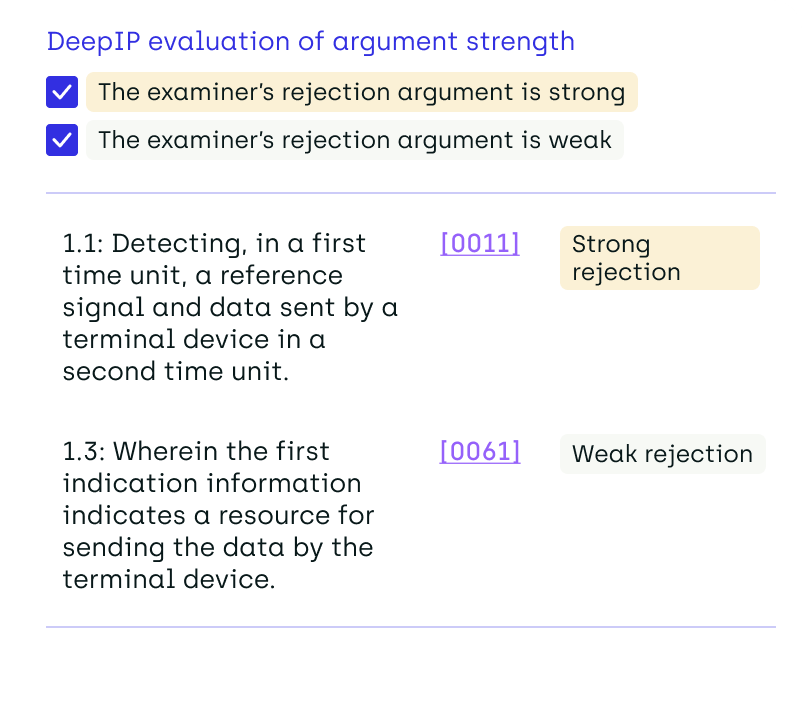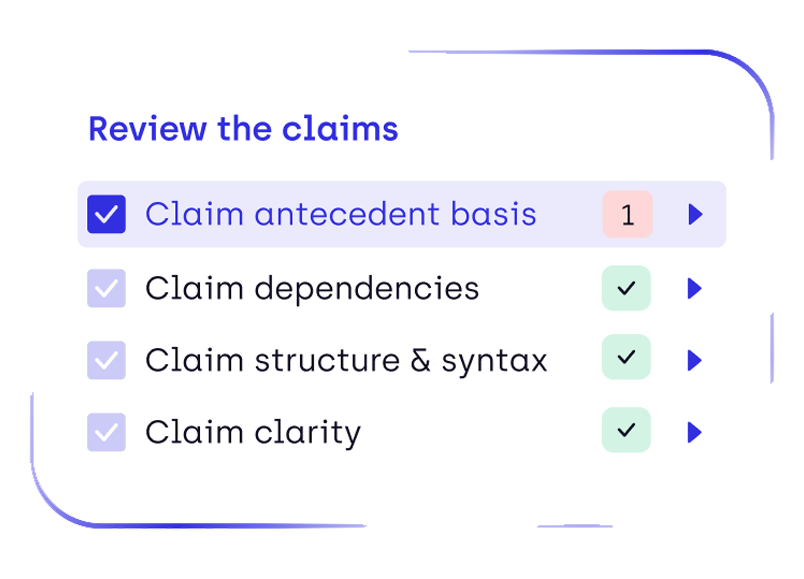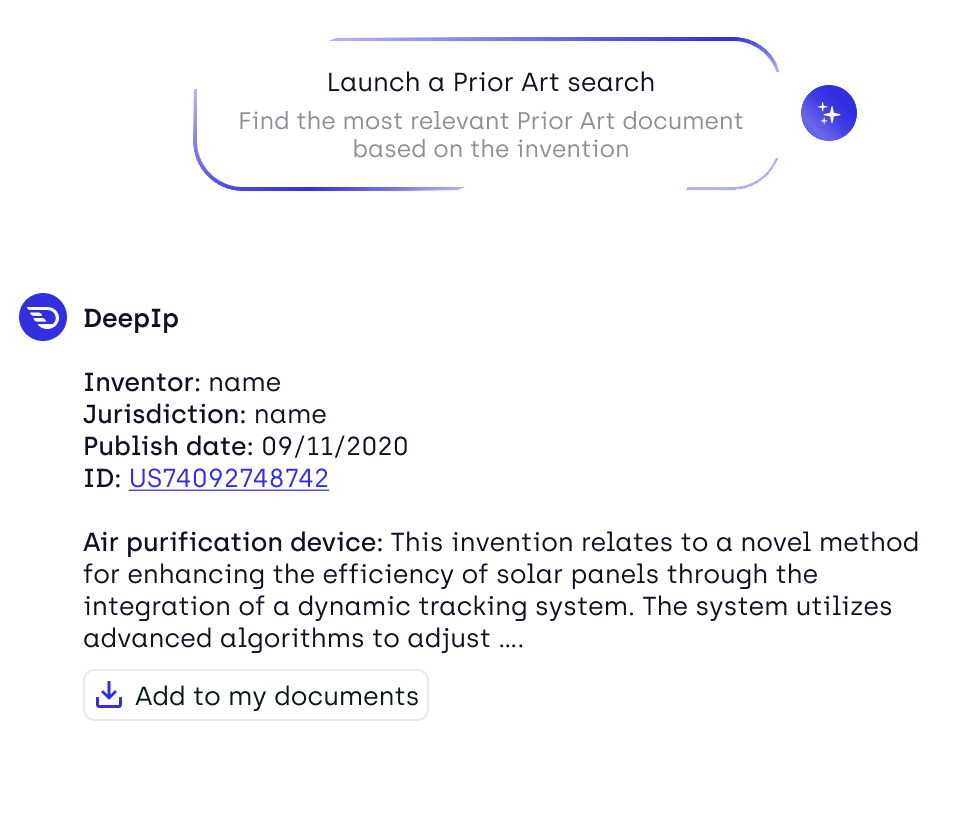AI isn’t a future concept for patent lawyers anymore—it’s already reshaping how firms draft, analyze, and manage intellectual property. But while AI brings unprecedented speed and accuracy, adopting it responsibly is another challenge altogether.
In a recent episode of the IP Innovators podcast, Mark Kesslen, Partner and Chair of the Intellectual Property Group at Lowenstein Sandler, shared how his firm balances innovation with integrity. His approach, shaped by decades at the intersection of finance, technology, and law, captures a balance every patent professional needs today: trust, but verify.
Kesslen’s experience offers not just inspiration, but a practical roadmap for patent firms looking to integrate AI without losing the human expertise that defines great IP strategy.
The Real Challenges of Adopting AI in Patent Law
Questel’s 2025 IP Industry Outlook Report found that 58% of surveyed IP professionals are regularly using AI tools, with nearly half using them every day. However, many firms still hesitate to implement them, with respondents from the 2024 ABA Legal Technology Survey Report citing concerns around accuracy, data privacy, and the cost of implementation.
Accuracy and Reliability
For patent professionals, accuracy isn’t optional. A single misplaced term or misinterpreted claim can change the scope of protection or derail an office action response. That’s why one of the biggest hesitations around AI tools for patent attorneys isn’t what they can do, it’s whether you can trust what they produce.
Kesslen describes how AI has already become a daily companion in his work. “It is like having a legal consigliere on my screen all day.” Still, he notes that “we’re at a period for this type of technology to use the old adage ‘trust but verify.’”
This philosophy—leveraging patent drafting automation while maintaining human oversight—captures the essence of responsible AI adoption in IP.
The DeepIP platform reflects that same principle. It surfaces clear, auditable reasoning behind its suggestions, allowing attorneys to see why a proposed edit or claim change is made. That transparency lets patent professionals verify and validate every step.
Security and Confidentiality
Client data, invention disclosures, and claim language are too sensitive for risk. The fear of losing control once data enters external AI systems is understandable.
At Lowenstein Sandler, “nothing gets tested unless it meets our security review,” Kesslen notes. Most AI tools that the firm uses are housed on Azure or AWS private, both of which Kesslen trusts to ensure enterprise-grade protection, with an additional layer of in-house security infrastructure for more responsible AI adoption.
DeepIP’s own security framework follows the same rigorous protocol: built for trust, operating within secure, private-cloud environments that meet enterprise-grade data governance and confidentiality standards—so firms can explore AI’s benefits without compromising client or case data.
Cost of Implementation
Even when tools are secure and effective, adoption often stalls for another reason: the cost of implementation. For law firms, that cost isn’t just financial—it includes the time, training, and cultural shift required to get attorneys comfortable using AI in their daily work.
“The goal isn’t to replace expertise,” Kesslen says. “It’s to amplify it.” But amplification takes investment. Firms must budget not only for software, but for onboarding, workflow redesign, and the trust-building period that helps patent attorneys see AI as a partner, not a threat.
Lowenstein Sandler’s internal AI training programs now begin every new project with one simple question: “What can AI do to help you?” That mindset turns hesitation into experimentation—a hallmark of every successful AI transition.
The DeepIP platform helps reduce that ramp-up cost by fitting naturally into existing patent workflows—drafting, analysis, and portfolio management—so teams can adopt AI through incremental learning, not disruption. By integrating training, performance feedback, and transparent collaboration features, DeepIP enables firms to scale AI use responsibly while minimizing both the financial and cultural costs of change.
5 Lessons from Mark Kesslen on Adopting AI
So, how do you effectively integrate AI tools into your patent practice?
Drawing on his experience leading both FinTech and LegalTech transformations, Kesslen’s advice blends practicality with foresight so patent professionals can adopt AI intelligently.
1. Start Small, Iterate Fast
Kesslen’s first rule is experimentation. “We test-drive a lot of products,” he says, explaining that the firm regularly evaluates new AI vendors through limited pilot programs before committing.
In patent law, the best starting points are low-risk, high-volume tasks like:
- Automating information disclosure statements (IDS)
- Summarizing prior art
- Detecting terminology inconsistencies across applications
By focusing on repeatable processes, firms can measure productivity gains without risking critical filings. At Lowenstein Sandler, Kesslen estimates that manual IDS preparation once took up to four hours; with AI, that now takes 15–20 minutes. A measurable, scalable win.
2. Use AI Where It’s Already Strong
There are plenty of areas where AI hasn’t measured up to human performance, but according to Kesslen, AI has two “sweet spots” for patent professionals: “Conquering the blank page,” and “perfecting the final output.”
At the beginning of the patent drafting process, AI provides a starting framework—a skeleton for specification, abstract, or background sections—so attorneys can focus on inventive details instead of formatting. At the end, it becomes a precision assistant: identifying typos, inconsistencies, and terminology mismatches across complex portfolios.
DeepIP was built to take on the repetitive parts of patent drafting and office action analysis while ensuring attorneys stay firmly in control of style, accuracy, and strategy.
3. Keep Security Non-Negotiable
Few concerns slow AI adoption more than data security—and for good reason. Kesslen’s standard for vendors is simple: if it’s not secure, it’s not an option. “We’re not even kicking the tires if it doesn’t satisfy our security review,” he says. “We’ve seen a number of early-stage companies that haven’t met our security standards.”
That caution extends even to tools hosted on well-known platforms. “Most of these tools are in an Azure or AWS private-cloud instance…those are world-class secured places. I’m not worried about that,” he explains. “I am worried about other parts of the security—like what have they done, how have they coded, how have they secured it, where does it sit, who did it.”
Kesslen’s view captures the dual reality for every firm exploring AI: world-class infrastructure isn’t enough without equally strong internal controls and vendor transparency.
DeepIP’s platform is designed around that same principle of verifiable security, ensuring that every document and data operation remains confidential and auditable within the firm’s own environment so attorneys can innovate without compromising client trust.
4. Measure, Learn, and Re-Deploy
Technology transformation isn’t just about doing things faster—it’s about redirecting the time saved toward higher-value work.
“It has enabled us to really speed the process,” Kesslen says. “Not only speed the process, keep the backlog down, but look at our staffing models…and put people to their best and highest use.”
At Lowenstein Sandler, automating routine tasks helped rebalance workloads, freeing attorneys to focus on strategy and client advising. By tracking results—not just adoption—firms can show measurable ROI, making leadership and client buy-in much easier.
DeepIP’s users have seen similar results: up to 40% reduction in drafting time and significant improvement in claim consistency across portfolios.
5. Build a Culture That Embraces Change
AI adoption fails when it’s treated as a one-off tech project. It succeeds when it becomes part of a firm’s culture.
Kesslen believes this shift begins with leadership: “We’re trying to change hearts and minds.” That means encouraging experimentation, rewarding curiosity, and removing the fear of “getting it wrong.”
Which AI Tool Should You Choose?
Every lesson above leads to a central question: How do you pick the right AI platform for patent law?
Kesslen’s criteria provide a strong checklist:
- Security first: Cloud or on-premise solutions must meet enterprise encryption and access standards.
- Transparency: Know exactly where and how your data is used.
- Integration: The best tools live where you already work—inside Word, Outlook, or your docketing system.
- Adaptability: Each firm drafts differently. AI should learn your voice, not overwrite it.
That’s precisely why DeepIP was built—to give attorneys control while accelerating the work that doesn’t require it. By applying the same “trust but verify” philosophy Kesslen champions, DeepIP turns AI from a novelty into a real competitive advantage.
Adopting AI with Confidence
Mark Kesslen’s journey illustrates how much the legal profession can evolve without losing its essence. His lessons make one truth clear: AI doesn’t replace judgment; it enhances it.
For firms willing to experiment thoughtfully, secure rigorously, and measure results, AI becomes a second pair of eyes that helps attorneys deliver sharper, faster, more consistent work.

.jpg)


.png)




